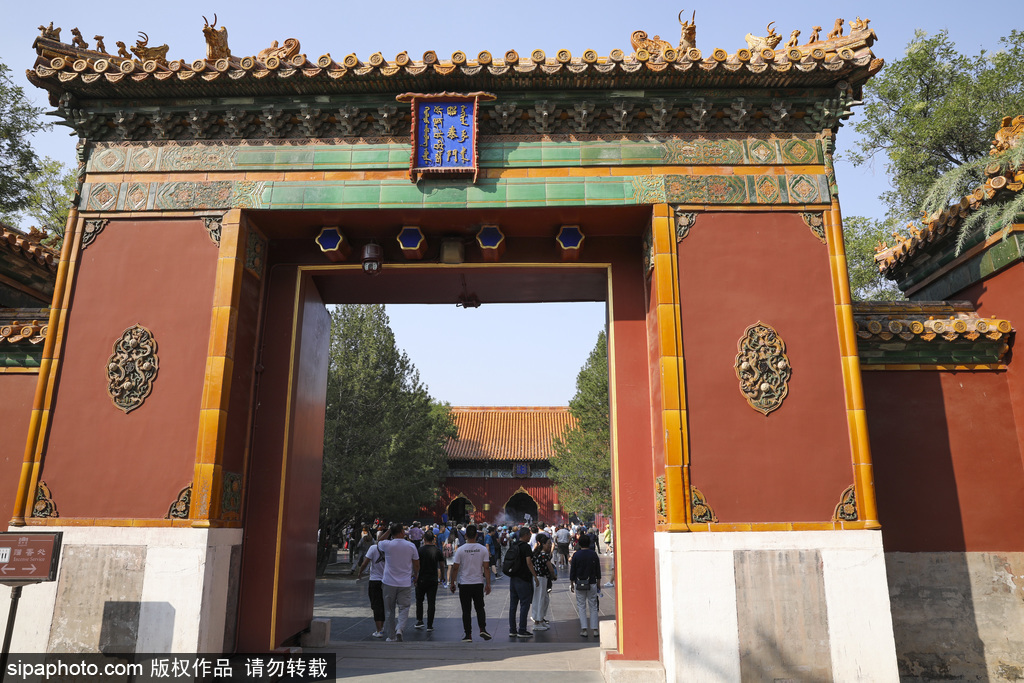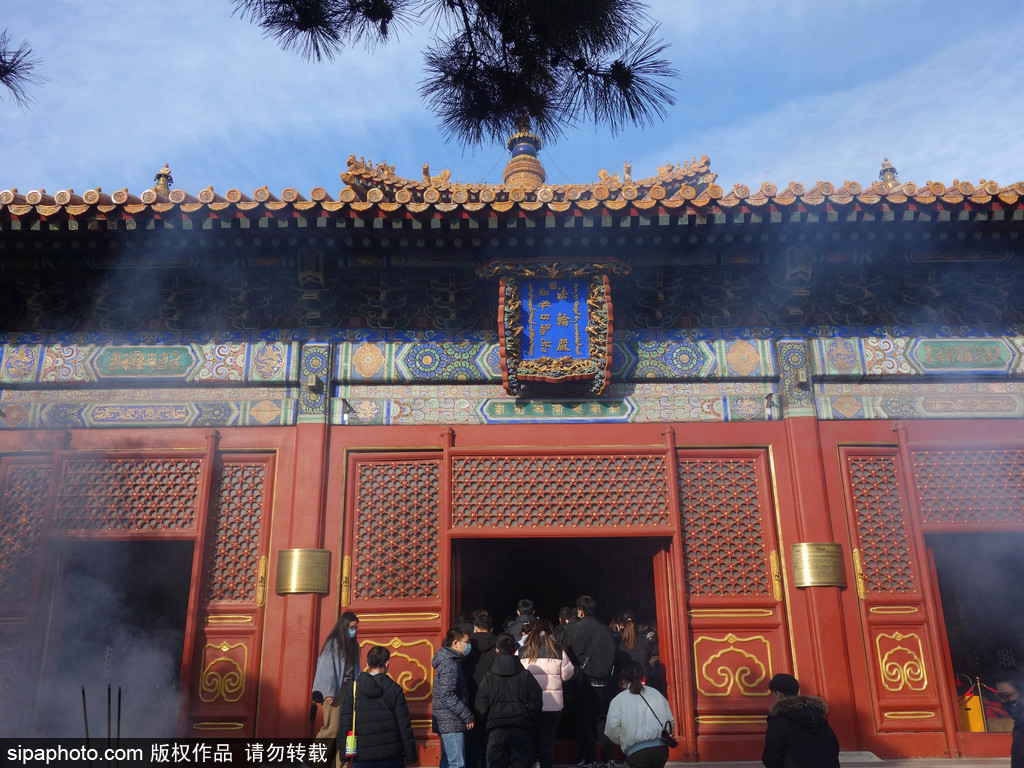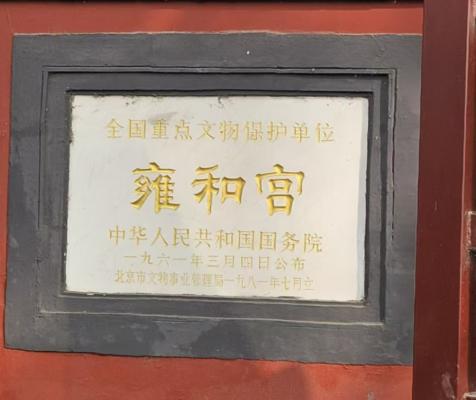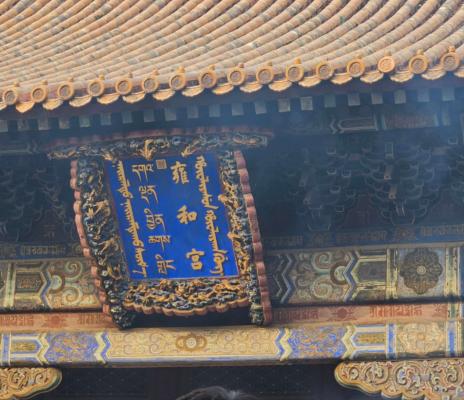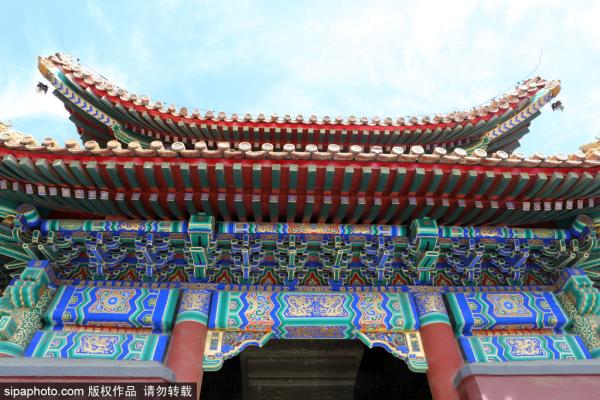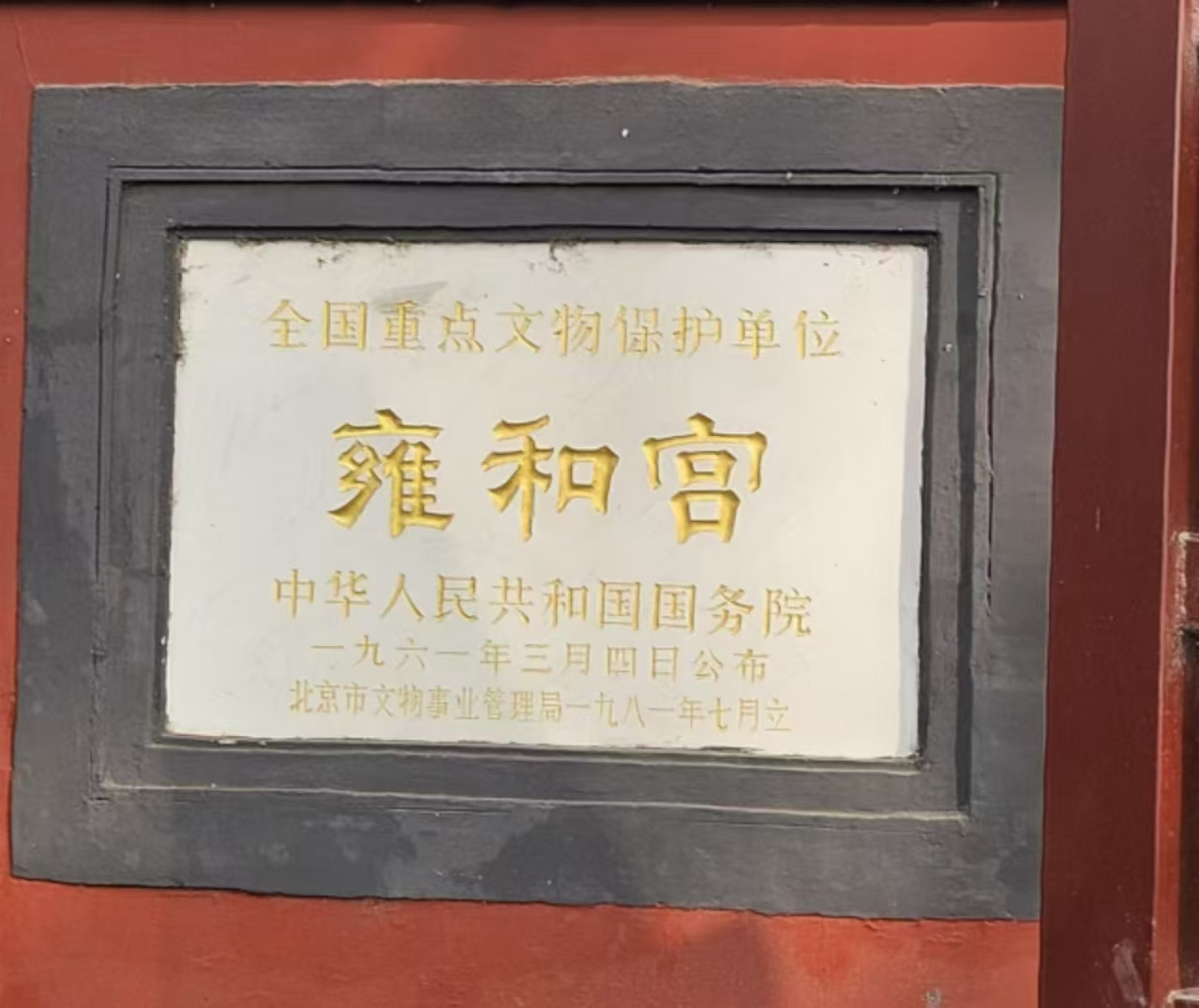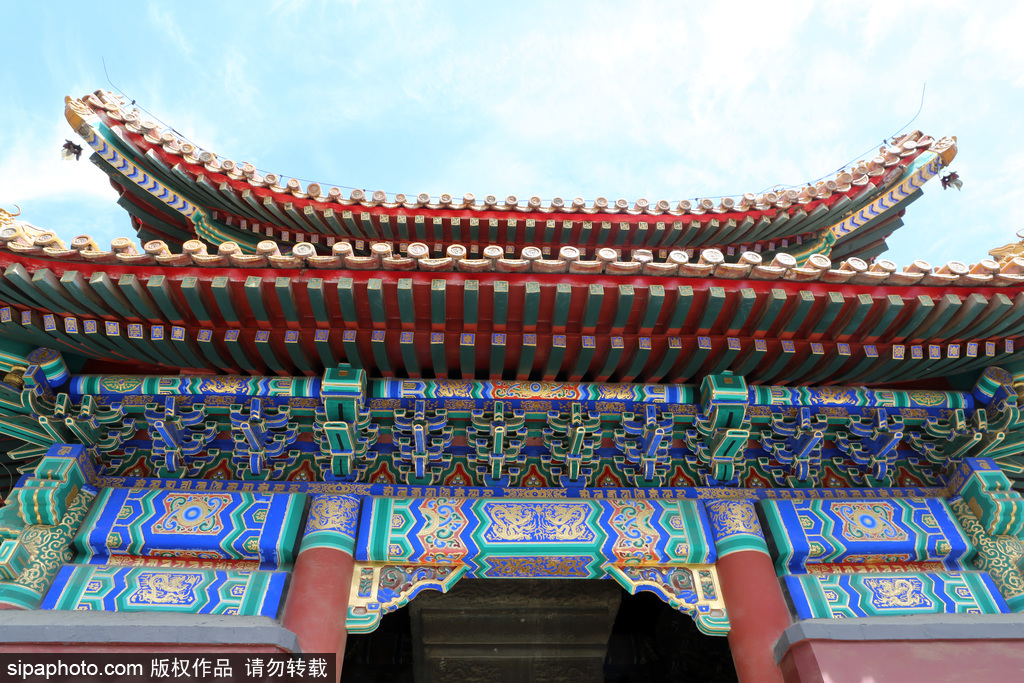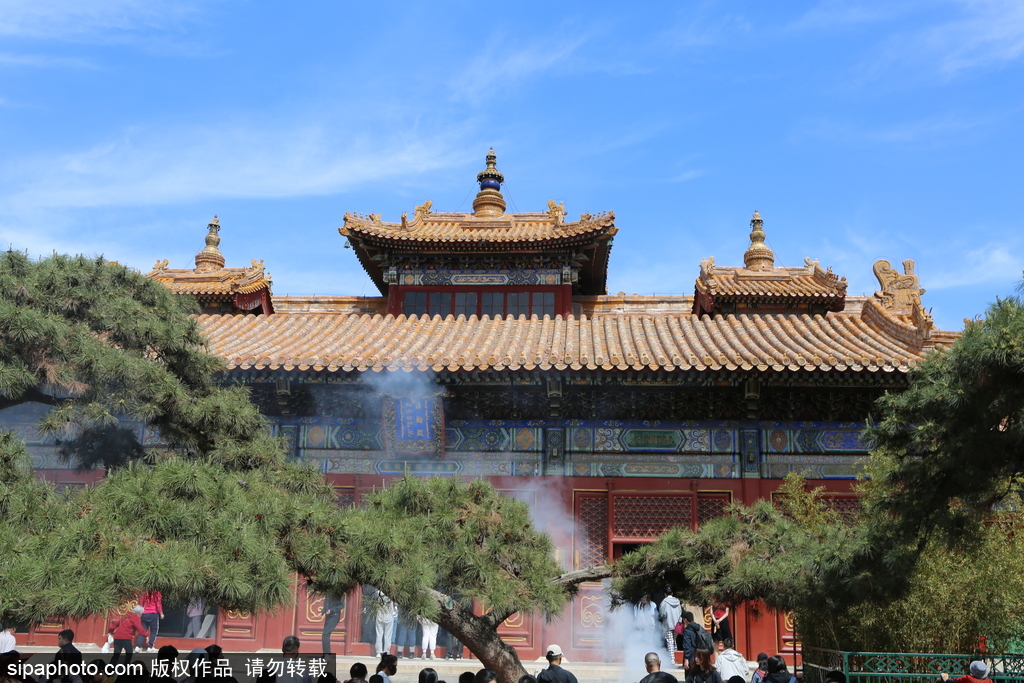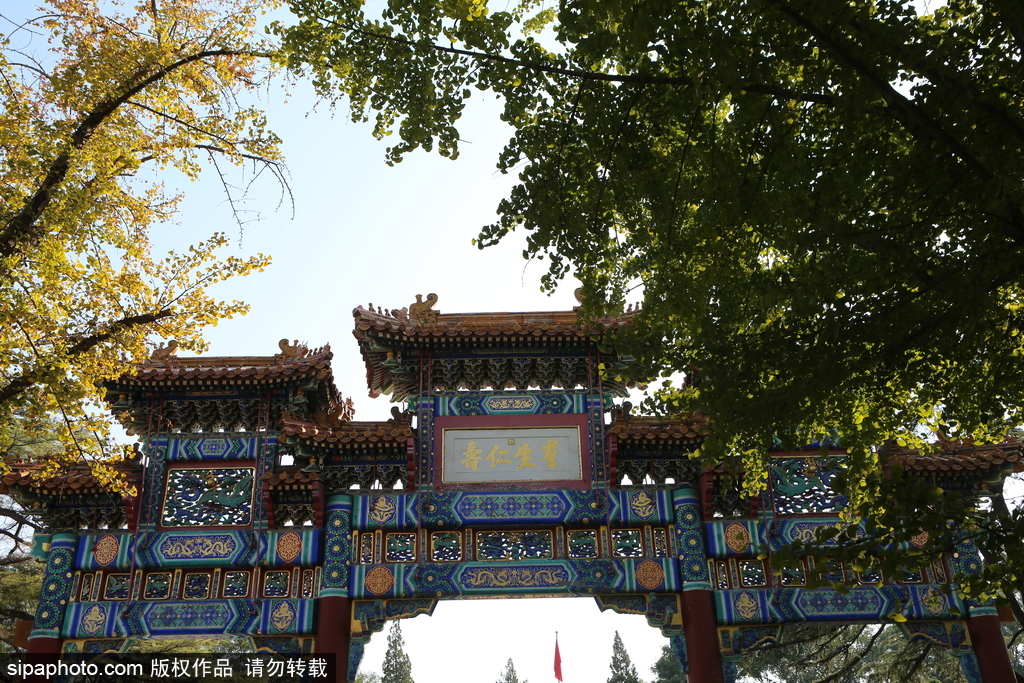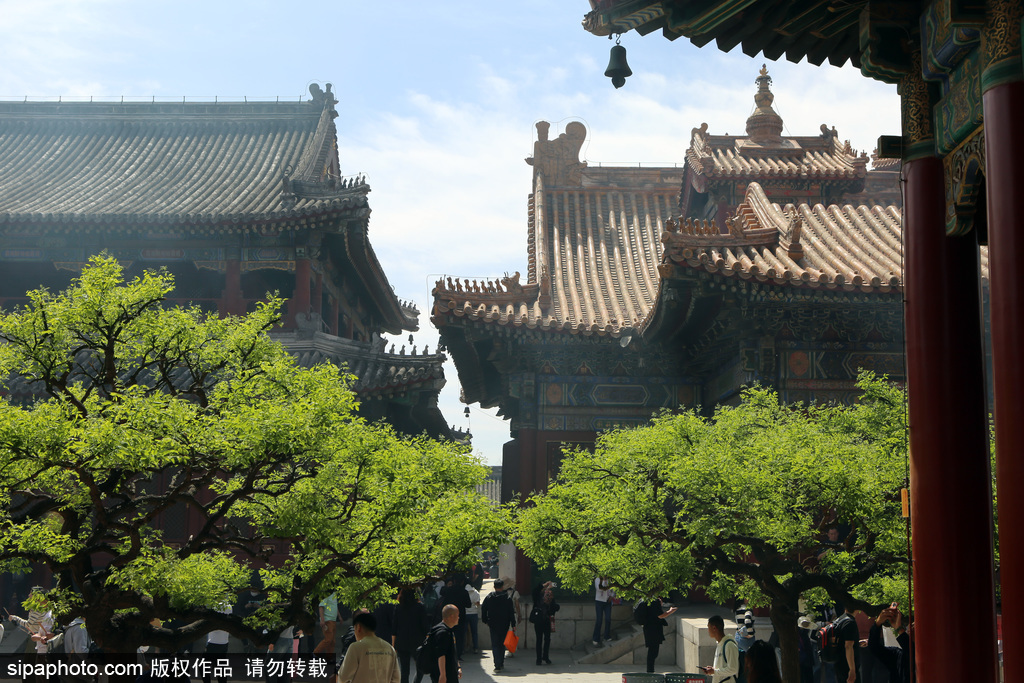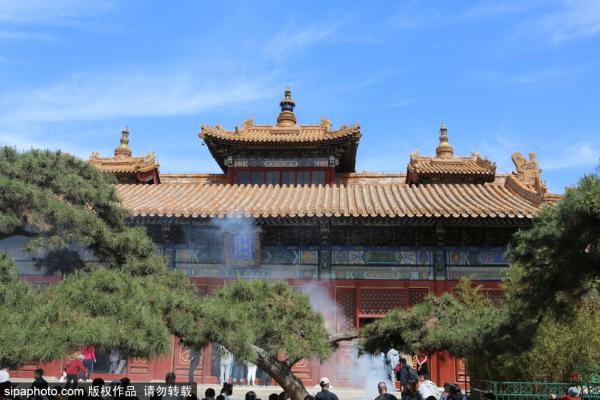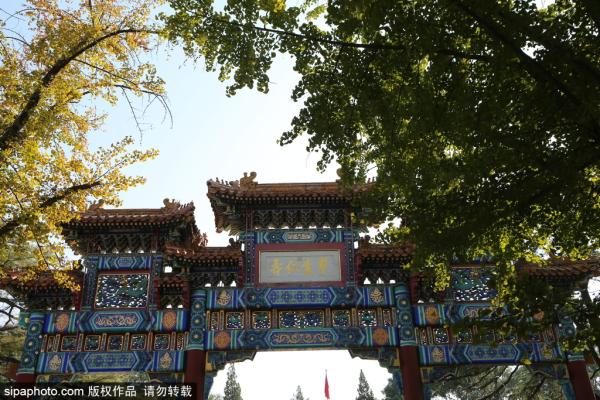Lama Temple (Yonghe Gong) (雍和宫)
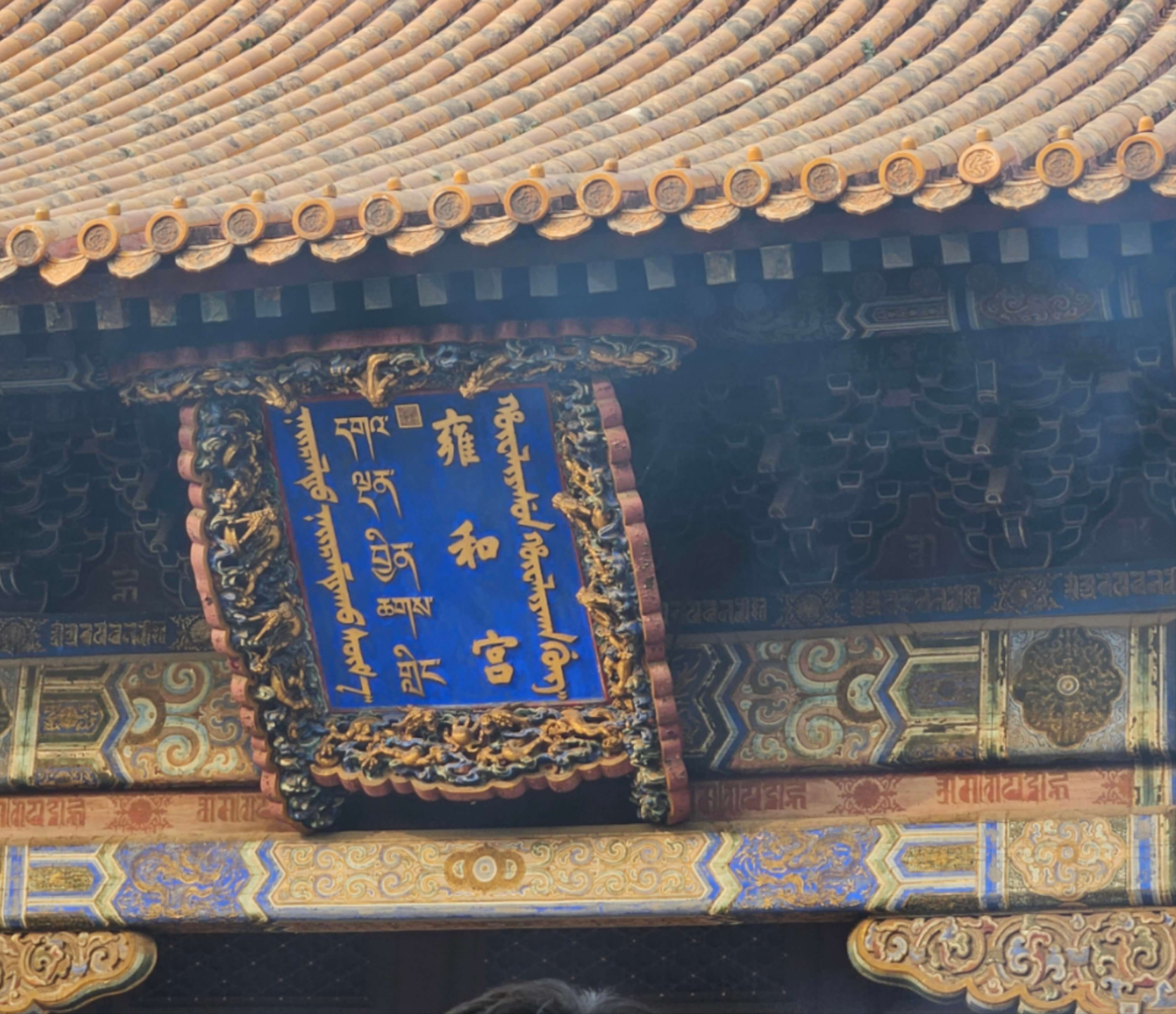
-
Tel:
86-10-84191919 -
Best Time to Visit:
All Year Round -
Duration:
1 Day -
Admission:
25 RMB 25 RMB -
Opening Hours:
From November 1st to March 31st : 09:00-16:30
From April 1st to October 31st: 09:00-17:00
Description
Lama Temple (Yonghe Gong) (雍和宫)
The Yonghe Gong is located in the north-east corner of the North Second Ring Road, where the Kangxi Emperor built a residence in 1694 and gave it to his fourth son, Prince Yong. In the third year of the Yongzheng reign (1725), the royal residence was transformed into a palace called Yonghe Palace. In the thirteenth year of the Yongzheng reign (1735) when he passed away, Yongzheng's coffin was parked there, so the main hall of the temple was changed from green glazed tiles to yellow glazed tiles....
Read MoreLama Temple (Yonghe Gong) (雍和宫)
The Yonghe Gong is located in the north-east corner of the North Second Ring Road, where the Kangxi Emperor built a residence in 1694 and gave it to his fourth son, Prince Yong. In the third year of the Yongzheng reign (1725), the royal residence was transformed into a palace called Yonghe Palace. In the thirteenth year of the Yongzheng reign (1735) when he passed away, Yongzheng's coffin was parked there, so the main hall of the temple was changed from green glazed tiles to yellow glazed tiles. Because the temple witnesses the birth of two emperors, it is constructed with yellow tile and red walls, the same specifications as the Forbidden City Palace. In the ninth year of the Qianlong period (1744), Yonghe Palace was converted into a formal Tibetan Buddhist temple and became the center of Tibetan Buddhist affairs for the Qing government. It is fair to say that the Yonghe Lama Temple was one of the highest-specification Buddhist monasteries in the country in the mid to late Qing dynasty.
The temple consists mainly of three exquisite Paifang and five magnificent halls. From the east and west Paifang with flying eaves and arches to the ancient east and west shunshan buildings, the total area is about 66,400 square meters and there are more than a thousand halls, which also house countless treasures, making it a temple of art.
Recommended Photo Spots:
Yonghe Hall: As the heart of the temple, this hall houses the statue of Shakyamuni Buddha. Upon entering, you're enveloped in a serene and sacred atmosphere. Take a moment to offer a sincere prayer and immerse yourself in the profound tranquility of Buddhist teachings.
Yongyou Hall: This hall is dedicated to the memorial tablets of past royal family members, making it a place of significant political and historical importance within Yonghe Temple. Inside the solemn and ancient hall, you can silently feel the weight and depth of history.
Hall of Dharma Wheel and Five Hundred Arhats: Five Hundred Arhats inside the Hall of Dharma Wheel is carved entirely from zitan wood and is considered one of the three great woodcarving masterpieces. Each arhat has a unique and lifelike expression, as if they are narrating the legendary stories of Buddhism.
Sandalwood Buddha and Wanfu Pavilion: Inside the Wanfu Pavilion stands a towering 26-meter white sandalwood Buddha, the largest single-wood statue in China. Standing before this majestic statue, you can feel its solemnity and sanctity, evoking a deep sense of reverence.
In addition to admiring these exquisite artworks, you can experience the fusion of Manchu, Han, Tibetan, and Mongolian cultures at Yonghe Temple. It combines royal grandeur with the serene solemnity of a temple.
Latest News
Explore
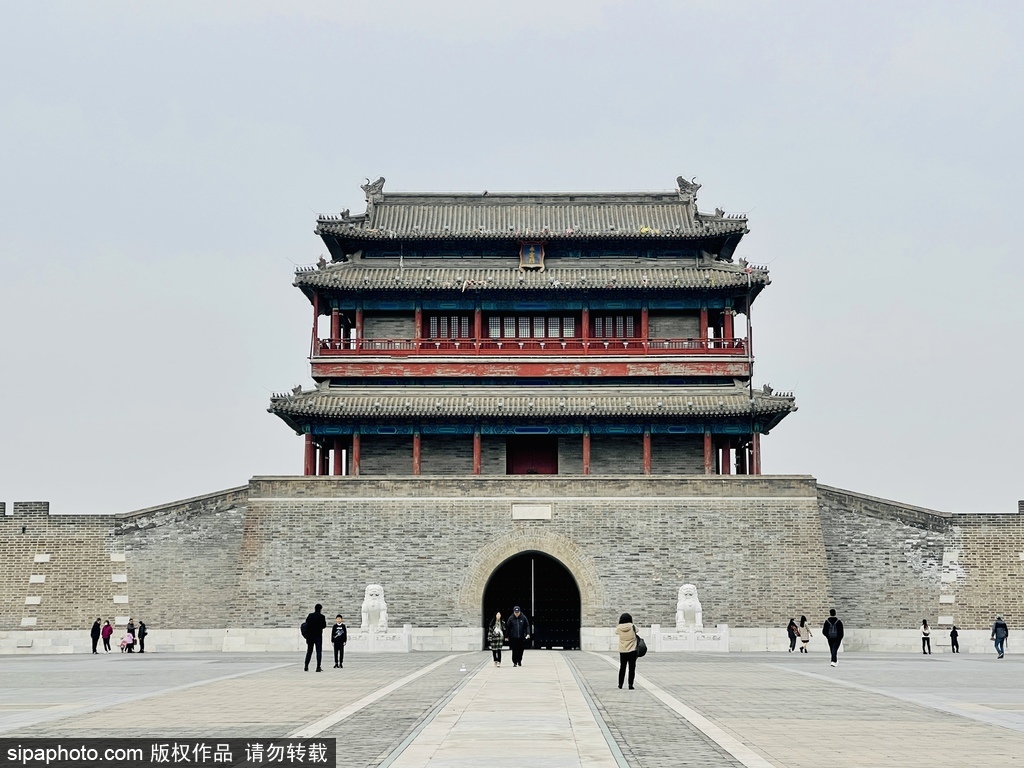
Yongdingmen Gate
Located at the southernmost end of the central axis of Beijing, it is often said that there are "nine inside and seven outside and four imperial cities " with Yongdingmen being one of the " seven outside ".
Zhengyangmen Gate and Watchtower
Beijing Zhengyangmen Gate, formerly known as Lizhengmen Gate, commonly known as Qianmen Gate, is located on the central axis of Beijing. It is connected to the Zhengyangmen Gate Watchtower in front and Chairman Mao Zedong Memorial Hall and Tiananmen Square in the back. Zhengyangmen Gate is one of the landmark buildings in Beijing and reflects the style and history of the ancient capital.
Xiannong Altar
The Xiannong Altar was built in the eighteenth year of Yongle of Ming Dynasty (1420), formerly known as the "Shanchuan Altar (Mountain and River Altar)"; the general layout of which was formed during the Jiajing period in Ming Dynasty.
Do You Know
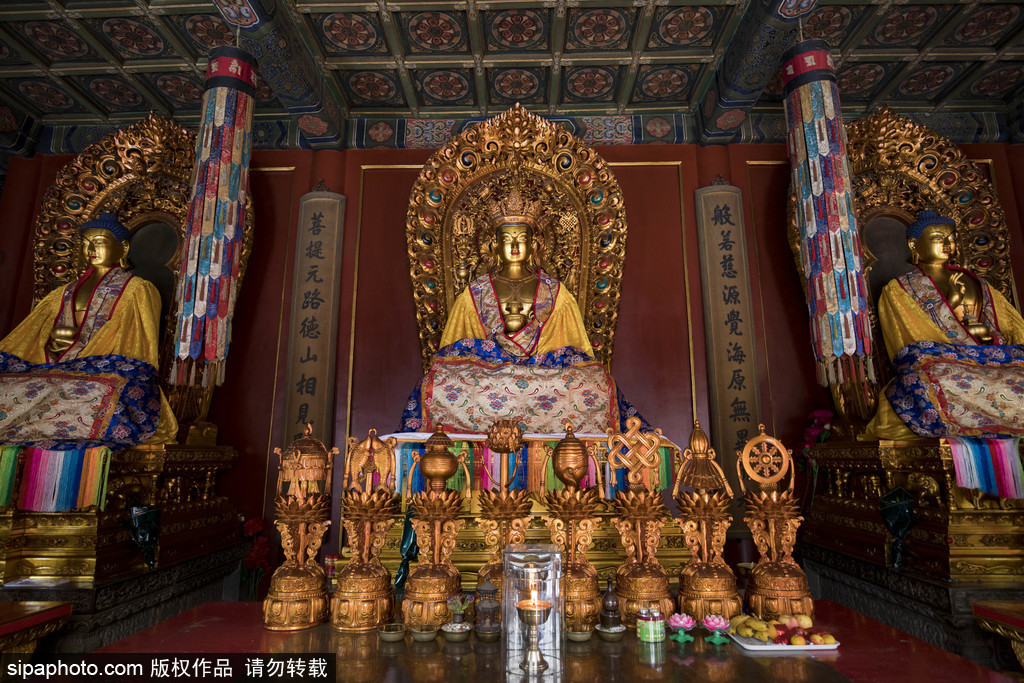
What's inside Lama Temple
Archway Courtyard - Zhaotai Gate
In the southernmost courtyard of the Yonghe Temple, a huge spirit screen can be seen, and opposite the screen is a three-room, four-pillared, and nine-story multicolored archway. After passing the archway, there is a special road for the emperors’ and empresses’ carriages. To the north is the Zhaotai Gate, the gate of Yonghe Temple, and on both sides of the gate are the Bell and Drum Towers.
